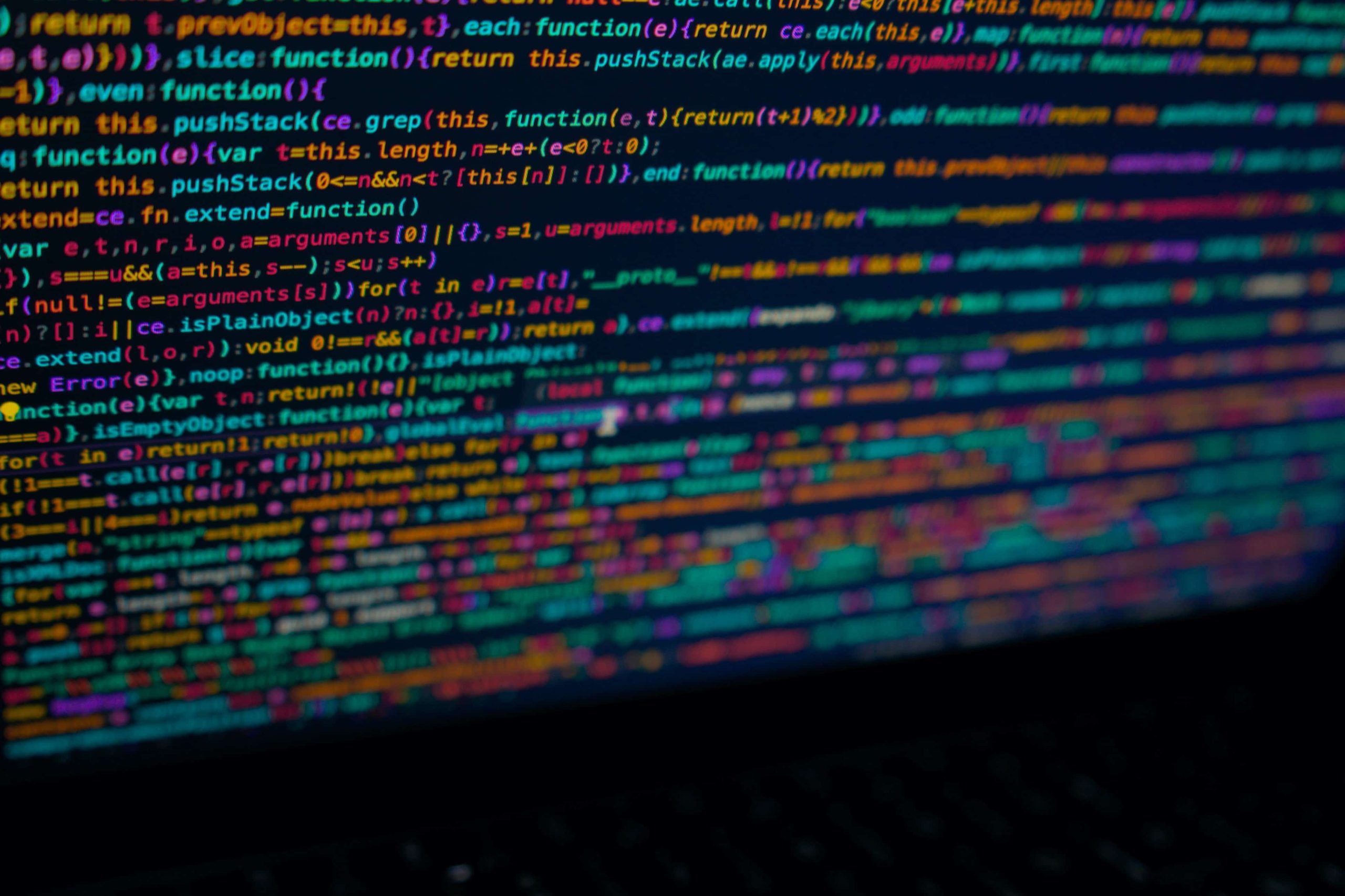

“Another Brick in the Wall” has Been Recreated with Neuroscience
Neuroscience and music have converged in a recent development, where scientists have achieved an unprecedented accomplishment: reconstructing a song directly from the electrical brain activity of test subjects. This marks a significant leap forward in our understanding of brain-computer interfaces and their potential applications in assisting patients who struggle to communicate due to neurological conditions such as strokes or Amyotrophic Lateral Sclerosis (ALS).
To achieve this feat, a group of 29 patients participated in the study. These individuals, undergoing surgery for epilepsy, were exposed to a three-minute excerpt from Pink Floyd’s “Another Brick in the Wall.” Their brain activity was recorded through electrodes placed directly on the brain’s surface. Advanced Artificial Intelligence technology was then employed to transform these brain scans into audible material. Professor Robert Knight (a neurologist at the University of California in Berkeley and a prominent figure in the study) stated to The Guardian, “It sounds a bit like they’re speaking underwater, but it’s our first shot at this. Now that we know how to do this, I think if we had electrodes that were like a millimeter and a half apart, the sound quality would be much better”.
The results were astounding. With some mild distortions, the lyrics “All in all, it’s just another brick in the wall” emerged accompanied by their original rhythms and melodies. This breakthrough has significant implications, not just for neuroscience but also for individuals facing speech impairment caused by neurological issues. Professor Knight emphasizes that current reconstruction attempts often bear a robotic quality. The journey towards achieving truly natural-sounding communication via brain-computer interfaces remains a complex challenge. “Music, by its very nature, is emotional and prosodic – it has rhythm, stress, accent and intonation,” he continues. “It contains a much bigger spectrum of things than limited phonemes in whatever language, that could add another dimension to an implantable speech decoder”
This pioneering achievement illustrates the extraordinary potential of merging technology with the intricate workings of the human brain. As science delves deeper into the uncharted territory of brain-computer communication, the hope of enhancing the lives of those affected by neurological disorders grows brighter. The combination of AI, music, and neuroscience shows potential for further benefit in the future.
Image Credits: Walkator
Next article: Technics to launch matte white SL-1500C turntable
Information in researching this article was sourced via The Guardian and Professor Robert Knight of the University of California of Berkley.


- Arodes cover Interview
- Armin van Buuren: Breathing In [Exclusive Interview]
- Ibiza 2024: What To Expect
- Burak Yeter: A Day In Space [Exclusive]

